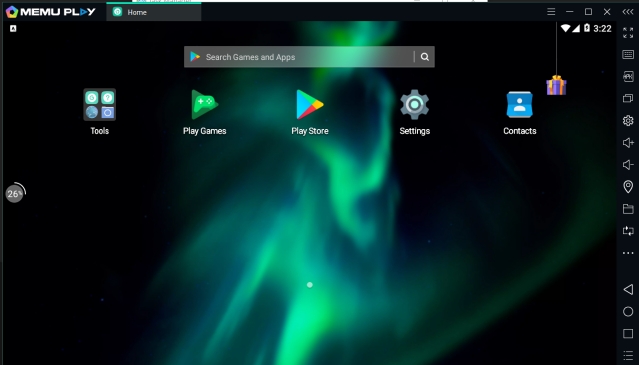

To start in safe mode, shut down your Mac, then turn it back on and immediately press and hold the Shift key. Safe mode verifies the integrity of your startup disk and disables certain apps and processes from running.
#Mac emulator turn off sound mac#
Loading your Mac in safe mode could fix problems associated with freezes or may help you identify what’s causing the issue in the first place.
#Mac emulator turn off sound how to#
Apple has instructions on how to turn off the firmware password on its website. Note that if you have a firmware password set, you’ll need to turn it off before you can reset the PRAM and NVRAM. If your Mac has a T2 Security Chip, you can release them once the Apple logo has appeared and disappeared a second time.

If your Mac normally plays a startup sound when you turn it on, you can release the keys when this plays. Hold these keys for 20 seconds your Mac may restart during this time, but keep holding them for the 20-second duration. First, shut down your Mac, then turn it on and immediately press Opt+Cmd+P+R. Resetting them could help, and the process is the same for both. If your Mac is freezing, it could be that there’s an error with either the PRAM or NVRAM. Your Mac’s PRAM and NVRAM are small sections of memory that store certain settings that need to be accessed quickly by the computer. Reset PRAM/NVRAM Bill Roberson/Digital Trends If you’re using an older MacBook with a removable battery, you’ll need to follow the steps on Apple’s website. Let go and wait a few seconds, then press it again to turn on the Mac. For both MacBooks and desktop Macs, turn off the device, then press and hold the power button for 10 seconds. If your Mac has a T2 chip, the process is different. If you’re using a Mac desktop without a T2 chip (such as an iMac), switch it off, unplug the power cord and wait 15 seconds, plug it back in, then turn on your Mac.

Now press the power button to switch on your Mac. Hold all these keys for 10 seconds, then let go. If you’re using a MacBook that doesn’t (meaning you don’t have at least a 2016 or newer MacBook Pro), shut it down, then press Shift+Ctrl+Opt and the power button at the same time. What you do depends on whether your Mac has a T2 Security Chip. If your Mac keeps freezing, it could be that the SMC needs to be reset. The System Memory Controller (SMC) takes care of all sorts of things behind the scenes in your Mac, from battery management to keyboard backlighting. Reset the System Management Controller Fabian Irsara/Unsplash If your Mac is entirely locked up and the above steps won’t work, press Ctrl+Opt+Cmd and the power button at the same time this will reboot your Mac. Select the app you want to close, then click Force Quit (or Relaunch if Finder has frozen), then click Force Quit on the confirmation dialog box. Hold Option (labeled as Alt on some Mac keyboards) and Quit becomes Force Quit click this.Īlternatively, try pressing Opt+Cmd+Esc to open the Force Quit window.

If an app has frozen and quitting it won’t work, Ctrl+click its icon in the Dock, then hover the pointer over the Quit button. The first thing to try if your Mac is unresponsive is checking if an app has frozen, as sometimes this can also lock up your Mac. It may seem like it takes forever to complete a task.ĭepending on what’s causing your computer to freeze, we’ve listed a few solutions and included in-depth steps to help you get to the bottom of the issue. This is especially true if you’re in the middle of a project and have to restart your PC, causing you to lose all your progress. There’s nothing more frustrating than using your Mac computer when it suddenly starts slowing down or freezing.


 0 kommentar(er)
0 kommentar(er)
